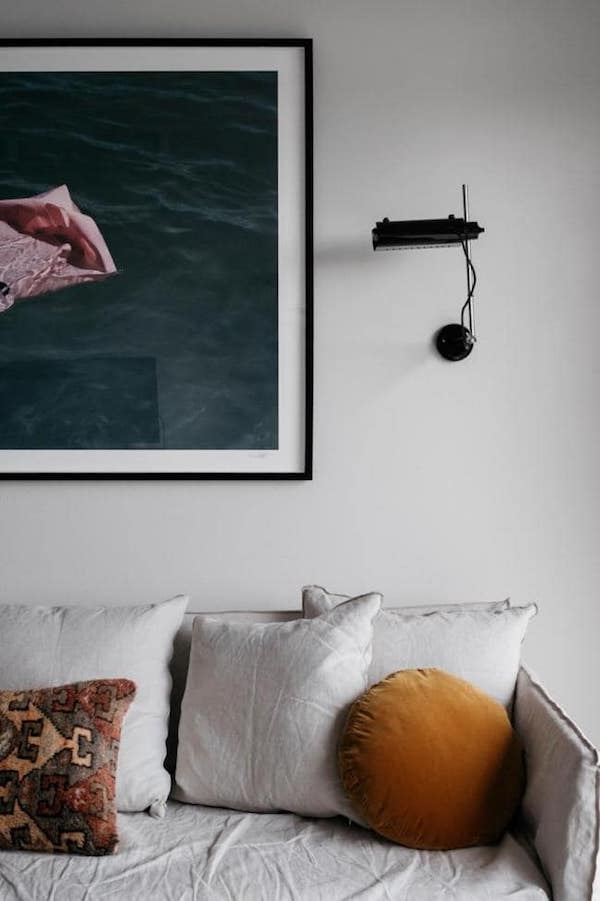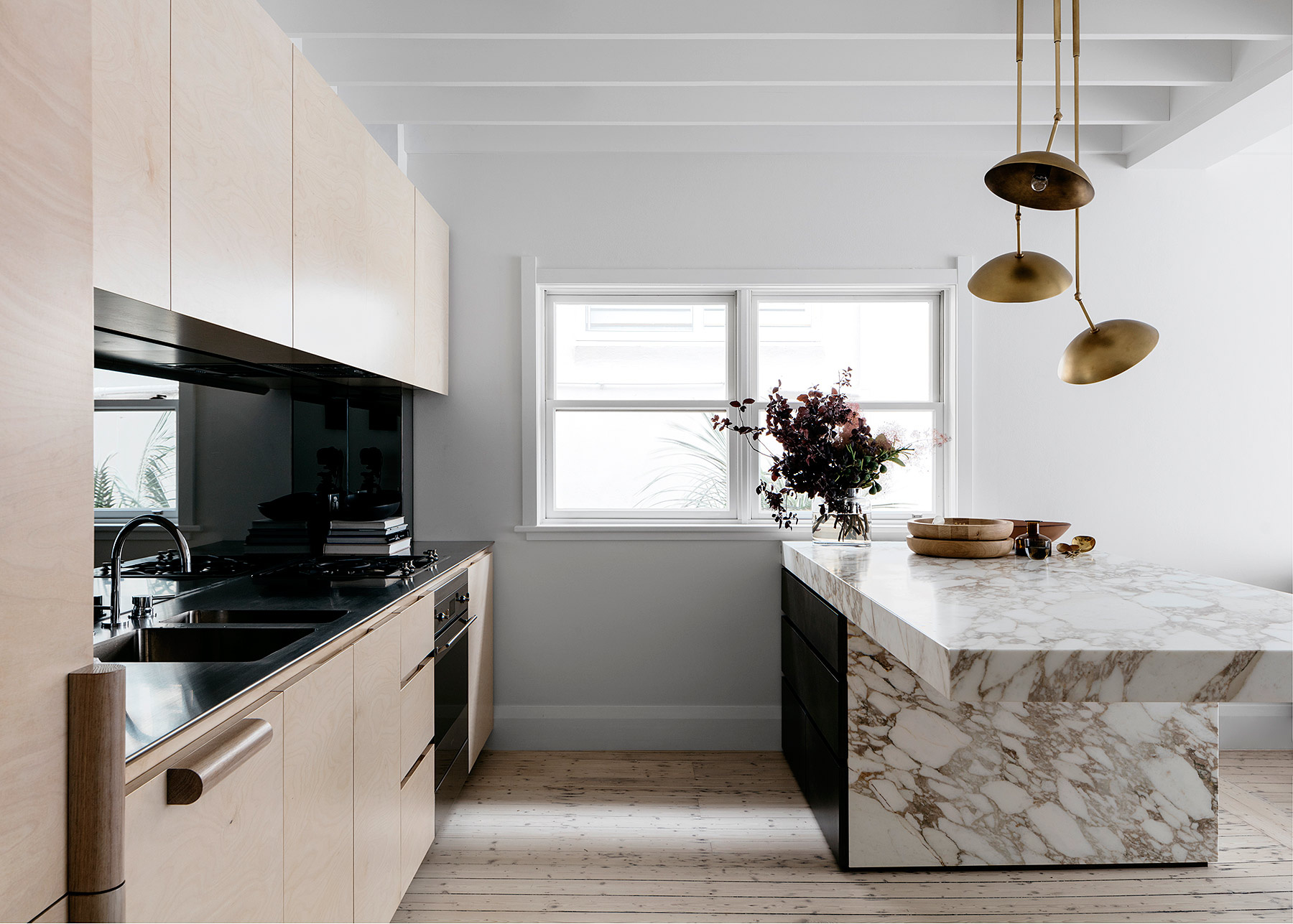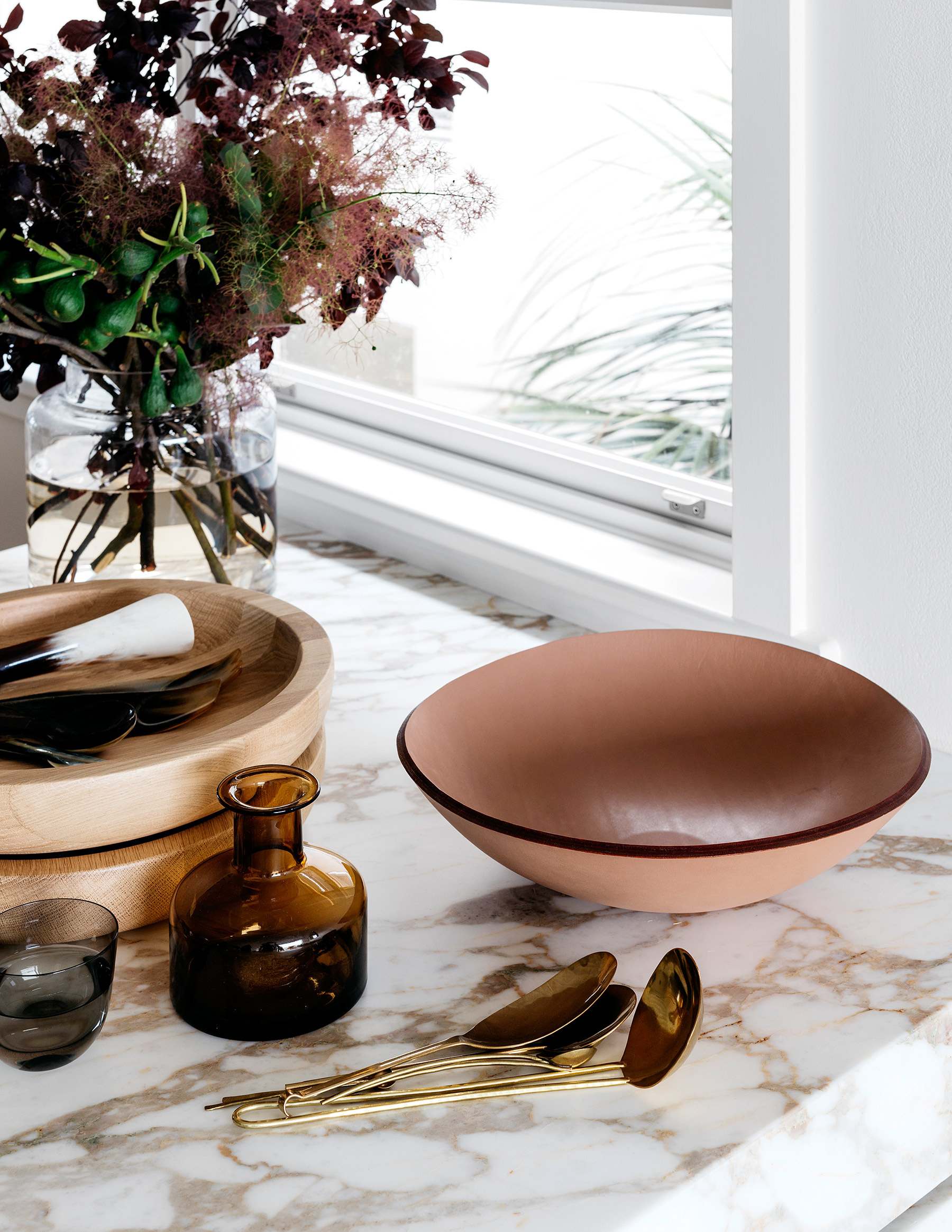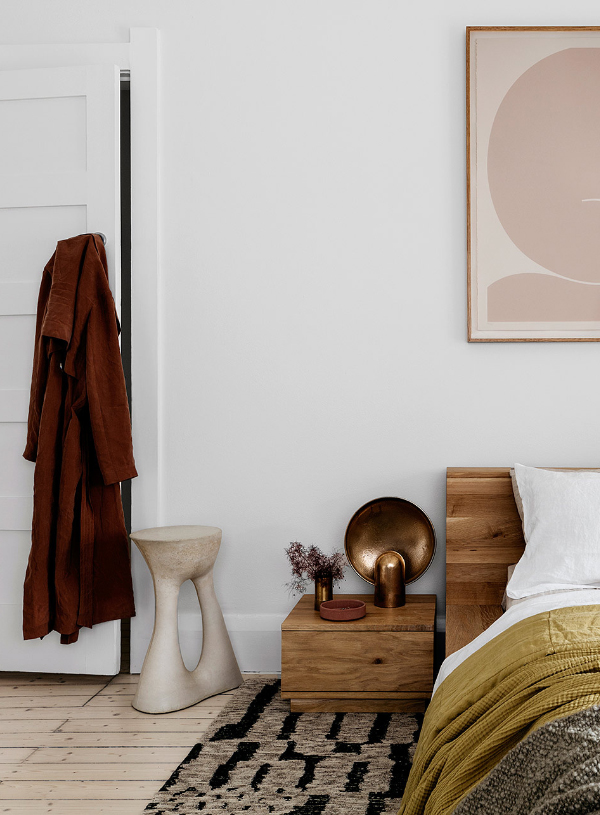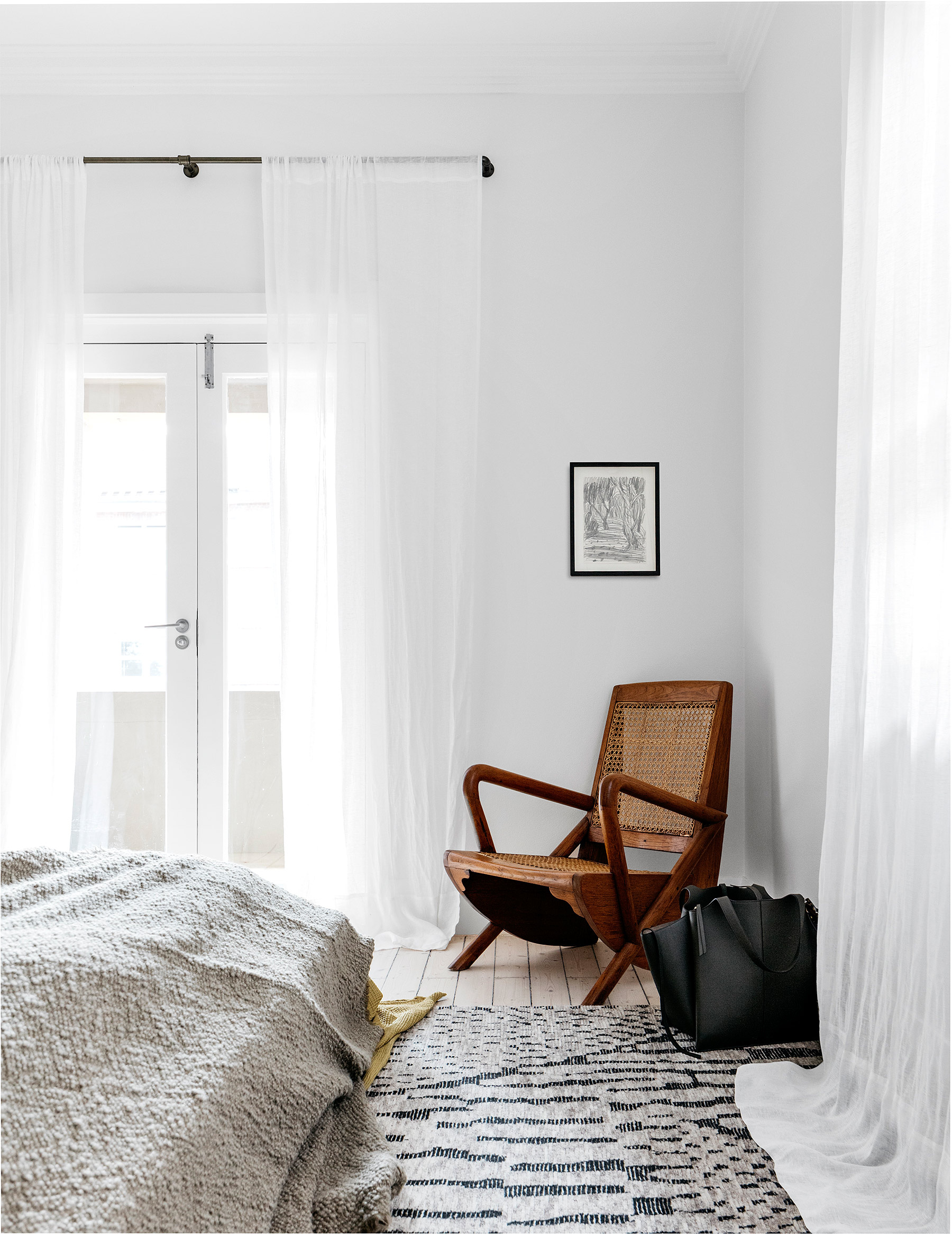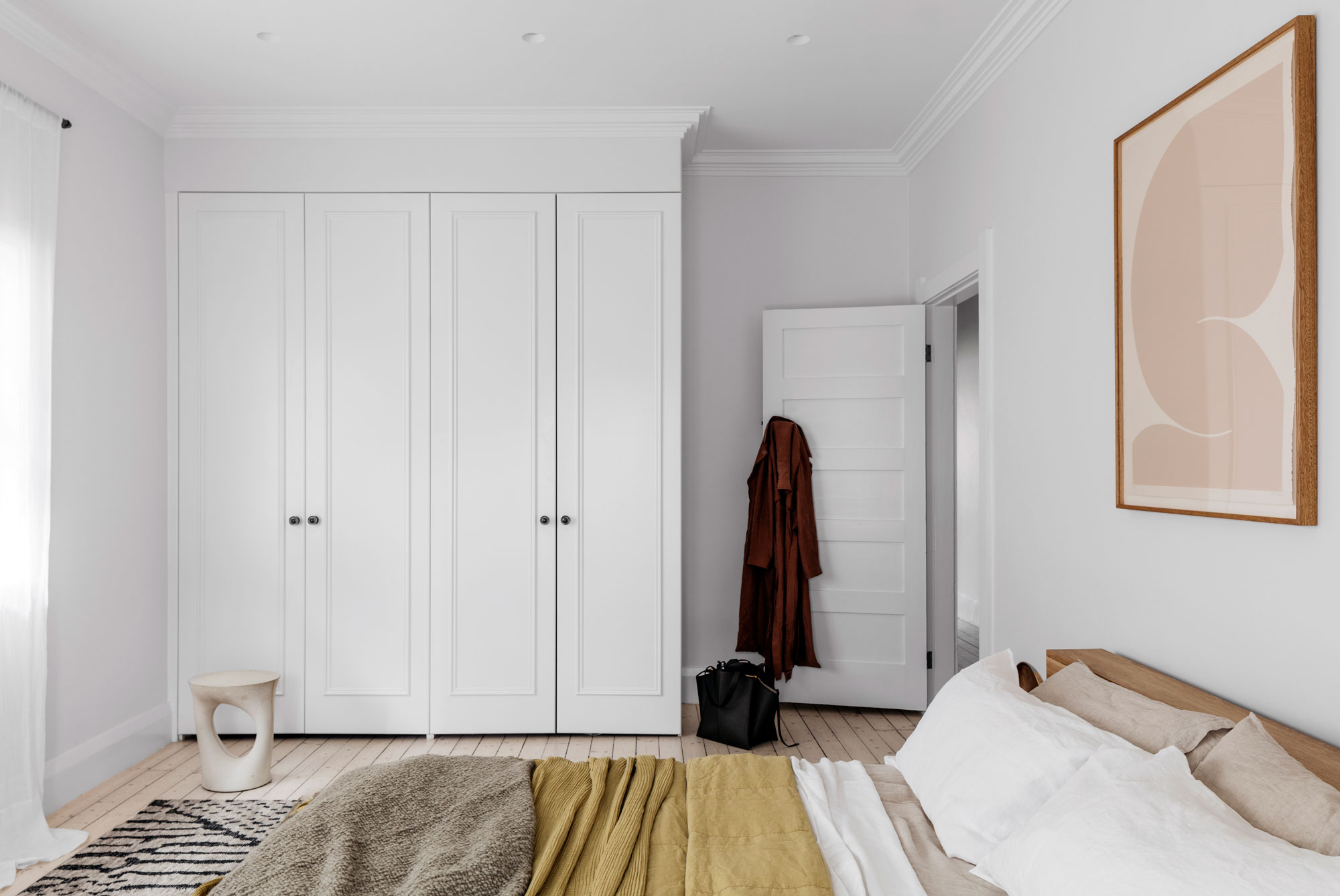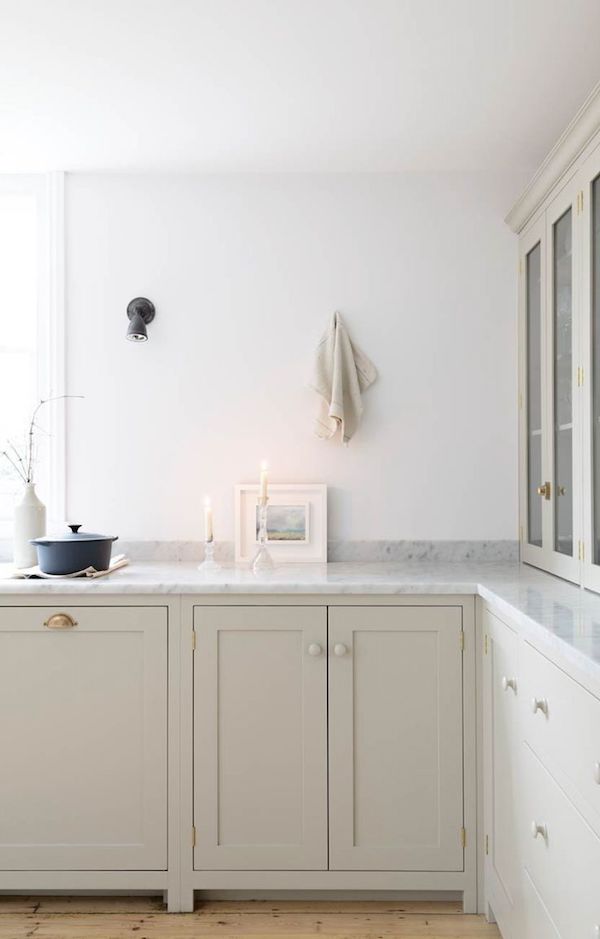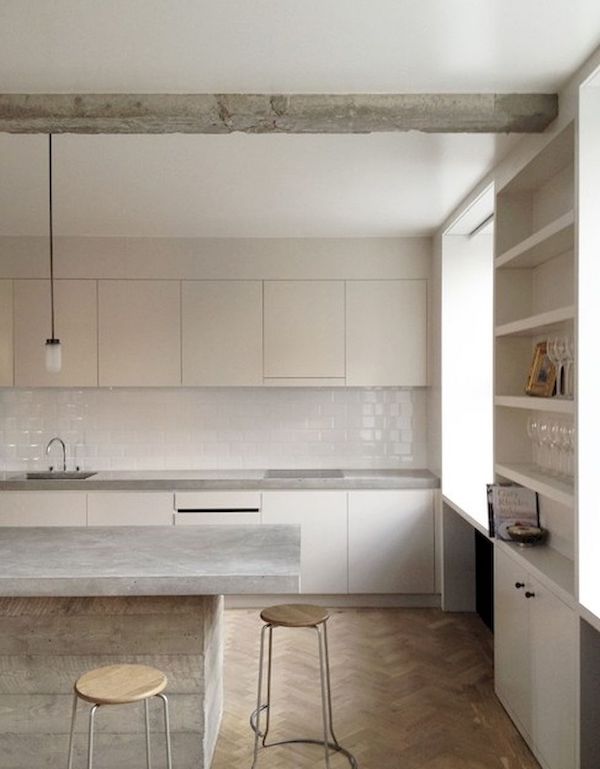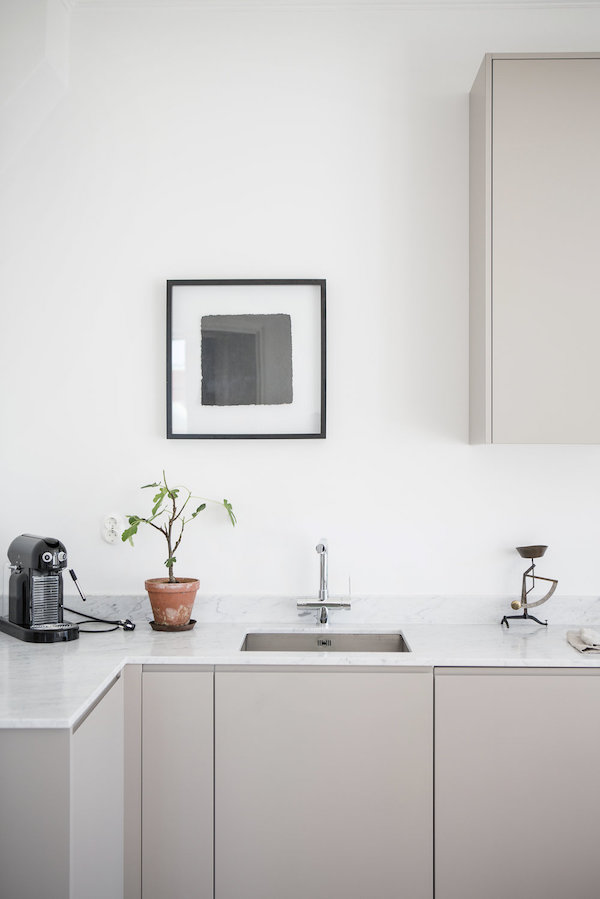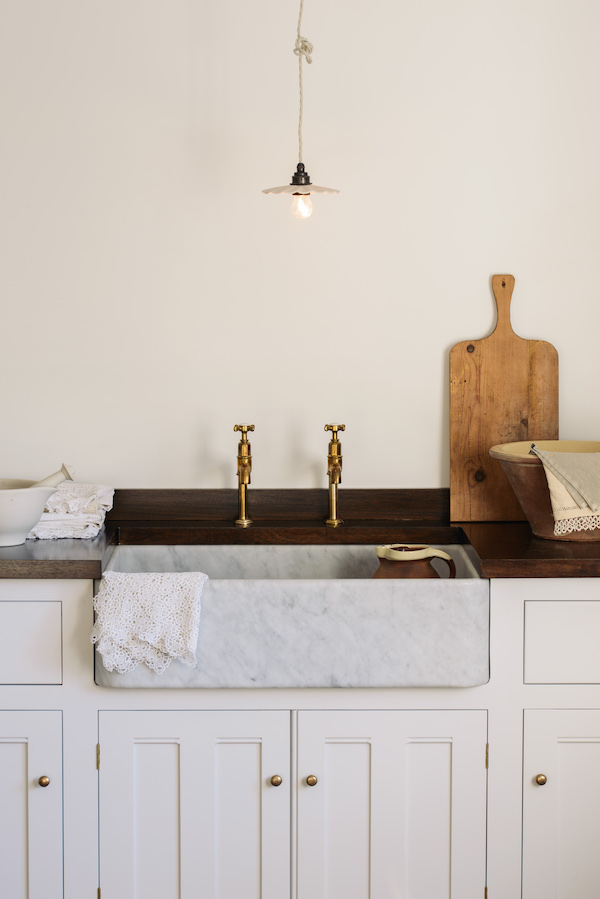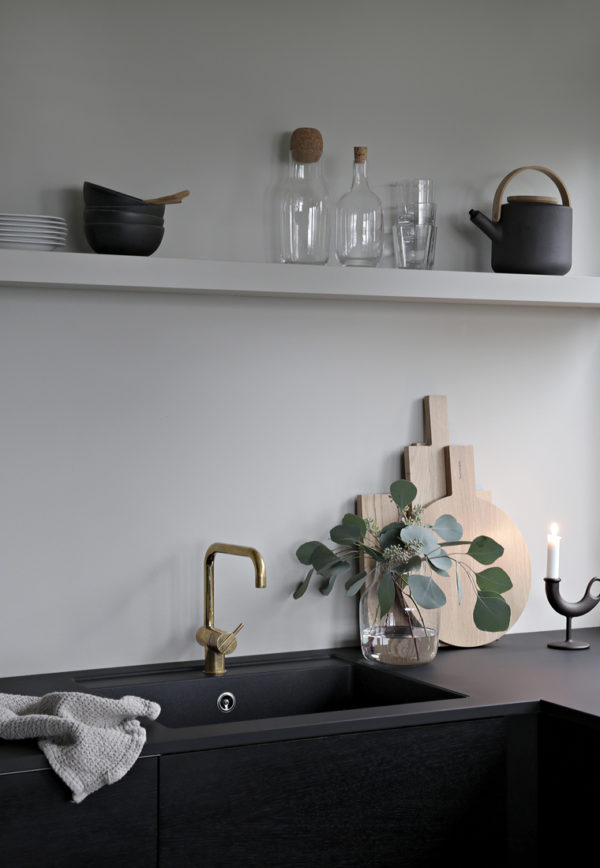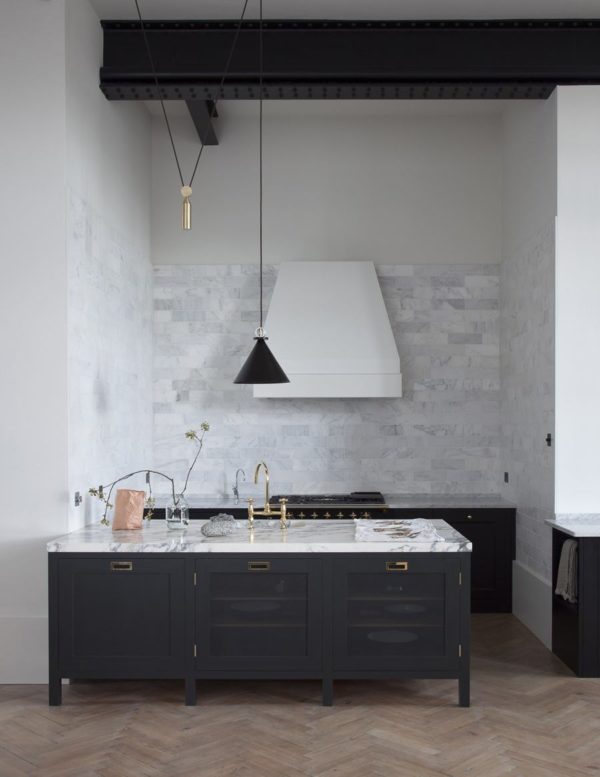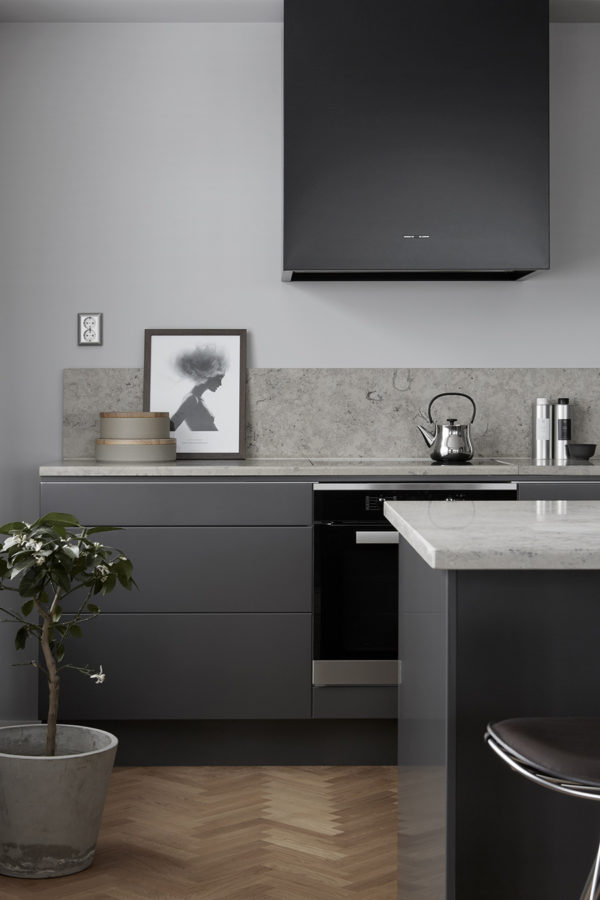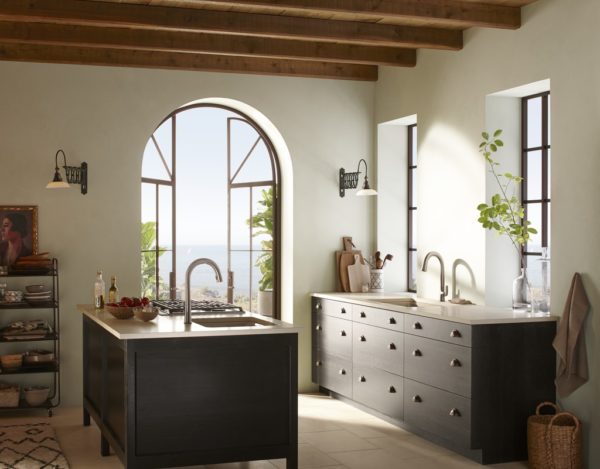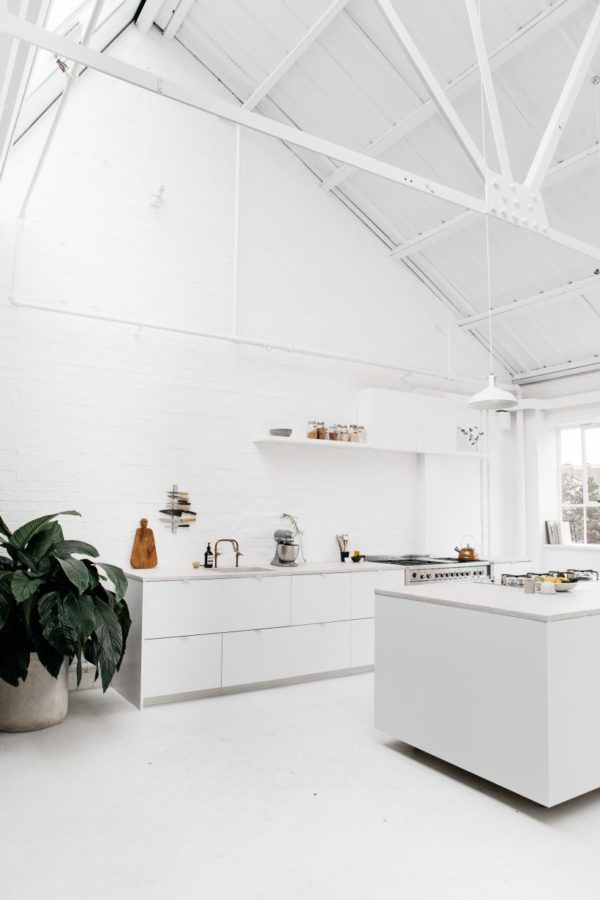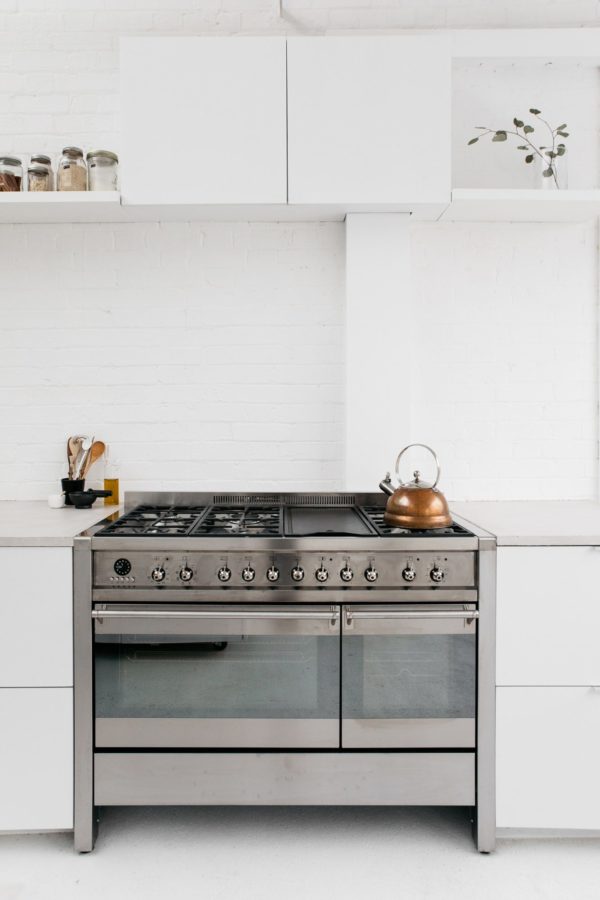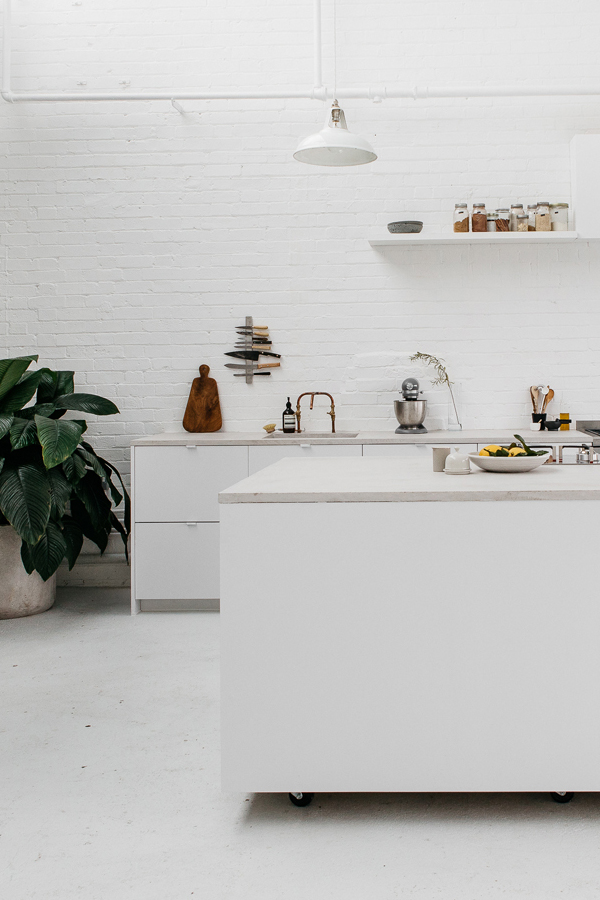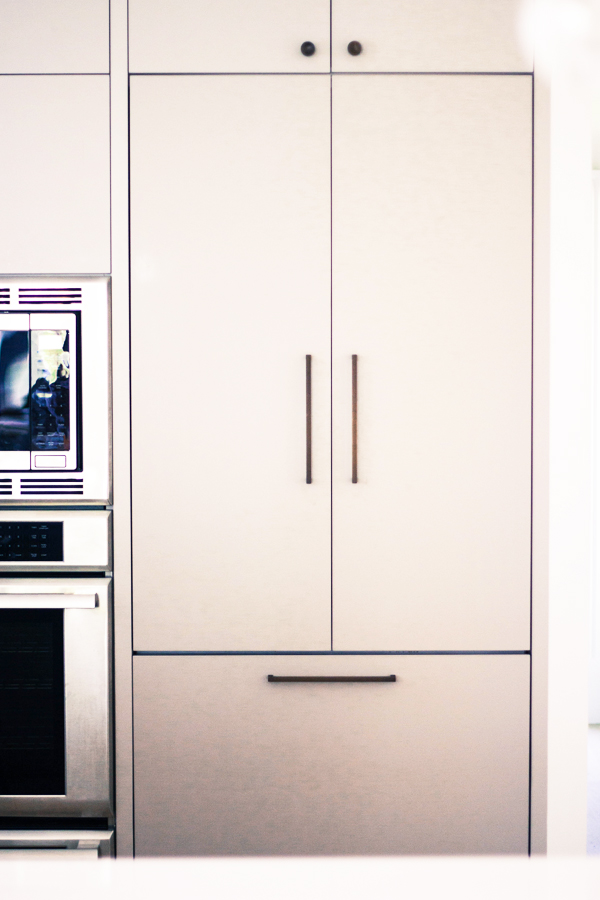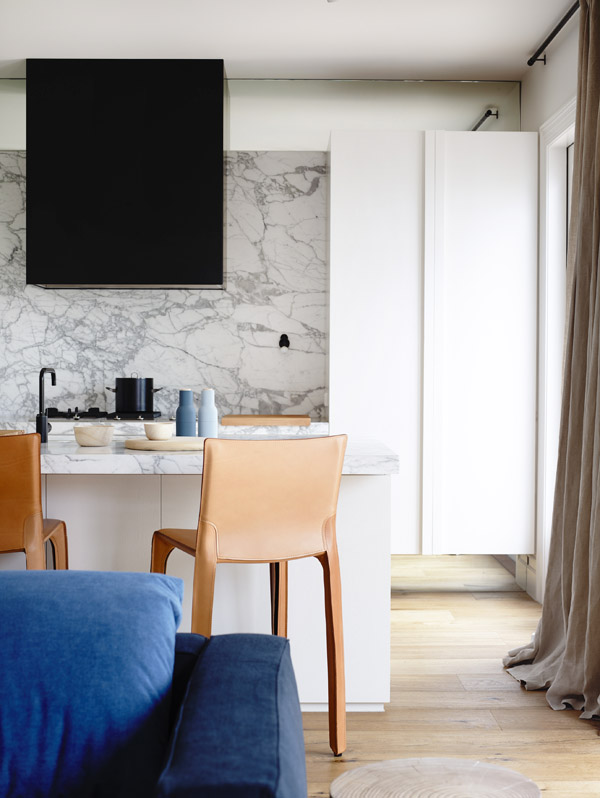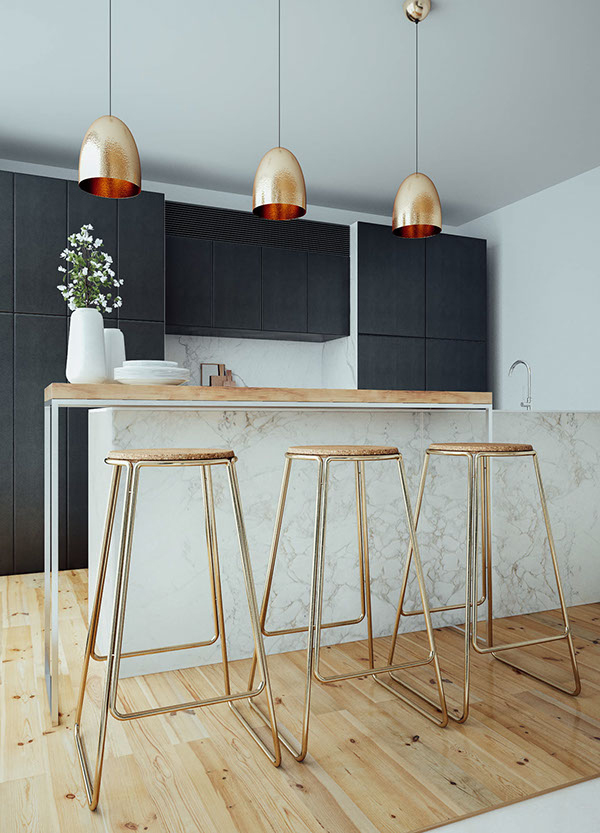When it comes to cleaning, we all have misconceptions on what works best and what cleaners serve multiple purposes around the house. Homemade is great when it comes to cookies, but isn’t always best when it comes to cleaning. Especially when germs are involved. Clean or to sanitize/disinfect? How many people really know the difference between the two and what should they do where and when? There’s a difference between making your white counters sparkle and actually getting them clean – aka germ free.
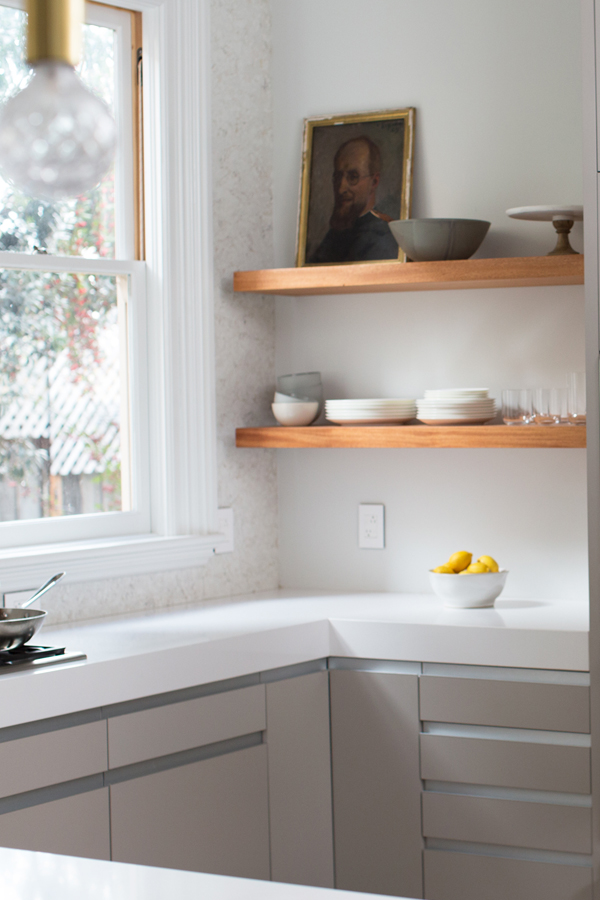
Even when you think you’ve got this domestic goddess thing down, you might be surprised by what can be hidden in plain sight. During cold and flu season, myths can be just as contagious as the germs circulating. Between old wives’ tales and unique cleaning remedies, it can be hard to decipher what is myth and what is reality.
In order to stay healthy this season, it is important to know the difference between cleaning and sanitizing/disinfecting to keep your home safe. The kitchen and bathroom are places that can get exceptionally germy and require special attention. Knowing a friend whose toddler ended up in the hospital after getting the flu this year, I’m certainly feeling very motivated to keep bad germs at bay, I recently read that there are more E.coli in a kitchen sink than in a toilet after you flush it! Ew.

While there is a lot of talk around about cleaning alternatives, I was stunned to learn about the nitty-gritty differences between cleaning and disinfecting. I’ve often used a mix of vinegar and water to cleanse my kitchen surfaces. However, it’s been proven that vinegar is not as effective as bleach and does not kill as many germs. Researchers in infection control tested 5% vinegar against some common human pathogens and antibiotic-resistant bacteria and found that vinegar only kills 80% of germs and 82% of mold. Bleach disinfects to kill 99.9% of germs and bacteria.
And bleach is in fact a natural compound. When added to water, it will disinfect and then turn into totally harmless table salt. Literally. In fact, if you’re in an emergency situation when you’re out in nature, you can purify water yourself with regular bleach. Simply add 1/8 of a teaspoon of bleach (not scented) to two gallons of water – or two drops per quart, cap it, shake well and let it sit for 30 minutes. It might not kill every parasite in existence but it will kill all of the bacteria – rendering it safe enough to keep you alive! I never knew that.

The key to using bleach correctly and safely is diluting it. Sure, no one appreciates the smell of a bottle of pure bleach. That’s because it’s highly concentrated to make sure the germ-killing power doesn’t degrade over time. But when you dilute bleach it becomes easy to work with while retaining its highly effective cleaning and disinfecting properties.
While you probably don’t need to disinfect on the daily (unless you have someone who is already sick in your household) you can use Clorox® Regular-Bleach to disinfect to keep your family safe by helping to reduce the spread of germs.
You can use Clorox® Regular-Bleach to clean and disinfect frequently touched hard surfaces, such as the bathtub, bathroom sinks and light switches, by doing the following:
> Use 1/2 cup of Clorox® Regular-Bleach in 1 gallon of water.
> Thoroughly wet the surface with the solution and allow it to remain on the surface for 5 minutes.
> Rinse with clean water and dry.
I had no idea, but you can in fact use Clorox® Regular-Bleach at home to sanitize sippy cups, teething rings and rubber duckies
> Make sure to select nonporous toys that are washable.
> Clean toys weekly according to instructions, keeping in mind that many toys can simply join your dishes in the dishwasher.
> Disinfect washable colorfast plastic toys with a solution of ½ cup Clorox® Regular-Bleach and 1 per gallon of water. Soak for 5 minutes, rinse and air dry.
Baby bottles, nipples, dishes, teething rings, sippy cups and high chairs can also be easily sanitized using Clorox® Regular-Bleach1. Soak washed items for 2 minutes in a solution of 2 tsp of Clorox® Regular-Bleach1 per gallon of water. Pour solution through nipples. Drain dry.
Trust me, before having kids I did not put nearly so much thought into the science behind cleaning, but now that I’ve got a little germ farm running through my house on a daily basis, it puts things in a new perspective. And since I did just invest the past two years in creating my dream kitchen, i might as well take proper care of it!
Here’s to staying happy and healthy this winter.
This post is in partnership with Clorox. All thoughts and opinions are 100% my own. Thanks for supporting collaborations I’m excited about and that have kept Apt34’s doors open













